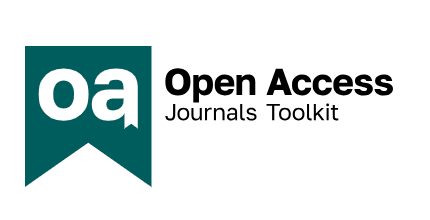The authors of a recent study, “The oligopoly’s shift to open access: How the big five academic publishers profit from article processing charges” in Quantitative Science Studies, a gold open access (OA) journal published by MIT Press, looks at revenue generated between 2015-2018 by the five largest academic publishers from author processing charges (APCs) for open access publication of journal articles. Over the four years, the authors conservatively estimate that SpringerNature ($589.7 million), Elsevier ($221.4 million), Wiley ($114.3 million), Taylor and Francis ($76.8 million) and Sage ($31.6 million) all derived significant revenue from gold and hybrid open access journals as funder mandates and policy directives drove a shift to open access publishing. Both the number of OA articles and APC charges increased over the four years studied: Studies show that in 2020 the global journal publishing market was valued at $9.5 billion, with open access journals accounting for $975 million of it.
The study provides a good overview of the scholarly journal publishing market and the evolution of open access funding models. The methodology covers how publications where identified along with their OA status and how APCs were determined. The data analysis shows variations in funding models (gold or hybrid) between publishers, growth of OA outputs, average APCs charged and revenue generated by publisher and by top journals. The authors note that APCs are market driven rather than based on publication cost. The Fair Open Access Alliance determined that a cost of $50 per page was enough to sustain an open access journal, and they recommend a total APC of no more than $1,000 per article. These 5 for-profit publishers are charging considerably more than that and making a greater portion of their revenue from open access publishing based on their market dominance.
This study illustrates how the dominant scholarly journal publishers are using open access article publication to increase their profits to the detriment of equitable access to publication for researchers. It also underscores how critical it is to diversify publication platforms and promote ethical practices to sustain the research enterprise.

